Lisa our B2B Consultant shares her 7 steps

In today's employment landscape, recruitment processes are evolving rapidly, with a greater focus on the candidate's experience throughout the hiring process. The 'candidate journey' encapsulates the various stages a job seeker passes through, from learning about a company to potentially joining its workforce. This journey has always been important so I hope you find the below tips useful.
Understanding the Candidate Journey
The candidate journey comprises seven key stages: discovery, interest, resume submission, screening, interview, hiring, and onboarding. Each stage is critical in cultivating a candidate's perception and relationship with the employer.
Why the Candidate Journey Matters
The candidate journey doesn't only affect job seekers; it has a profound impact on the employer's branding and overall hiring success. Statistics reveal that a positive recruitment experience can lead to candidates being more likely to accept job offers, engage with the company, and even recommend the organisation to others.
What are the steps to consider in this journey?
Step 1: Discovery
To ensure that the right candidates discover job opportunities, companies must strategically build and maintain a strong employer brand.
Step 2: Interest
A compelling job description that resonates with the ideal candidate is crucial in this phase. It is not simply about listing the responsibilities and requirements but also about presenting an employer value proposition that attracts top talent.
Step 3: Resume Submission
An overly complex application process is a common obstacle that leads to high drop-off rates.
Step 4: Screening
Developing a systematic approach for CV screening saves time and increases efficiency. Employers should keep candidates informed about their status in the recruitment process as this transparency fosters trust. Providing constructive feedback, even to those not shortlisted, can leave a positive impression and potentially engage them for future opportunities.
Step 5: Interviewing
Interviews should be designed to respect the candidate's time and efforts and create a dialogue where both parties assess suitability.
Step 6: Hiring
Selecting the right candidate goes beyond matching skills and experience with job requirements; it also involves alignment with company culture. Job offers should be competitive and reflect the candidate's potential value to the organisation. A positive experience up to this point can significantly influence the candidate's acceptance of the job offer.
Step 7: Onboarding
Finally, the onboarding process should not be underestimated. A smooth transition for new employees promotes job satisfaction and retention. Best practices include clear communication, a structured induction program, and supportive training. Moreover, effective onboarding can boost hiring ROI and minimise turnover in the critical early stages of employment.
Lisa Nostro is our Principal Consultant in B2B and Marketing Services
You can learn more about Lisa and view her live jobs here.
Browse Other Posts







